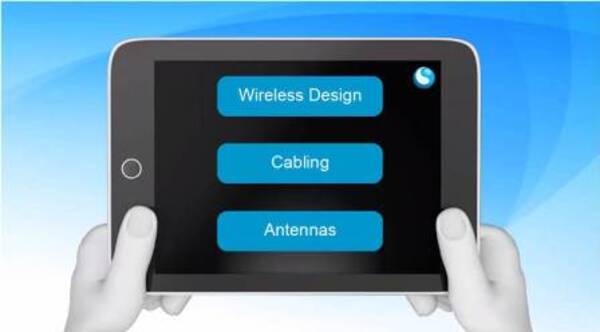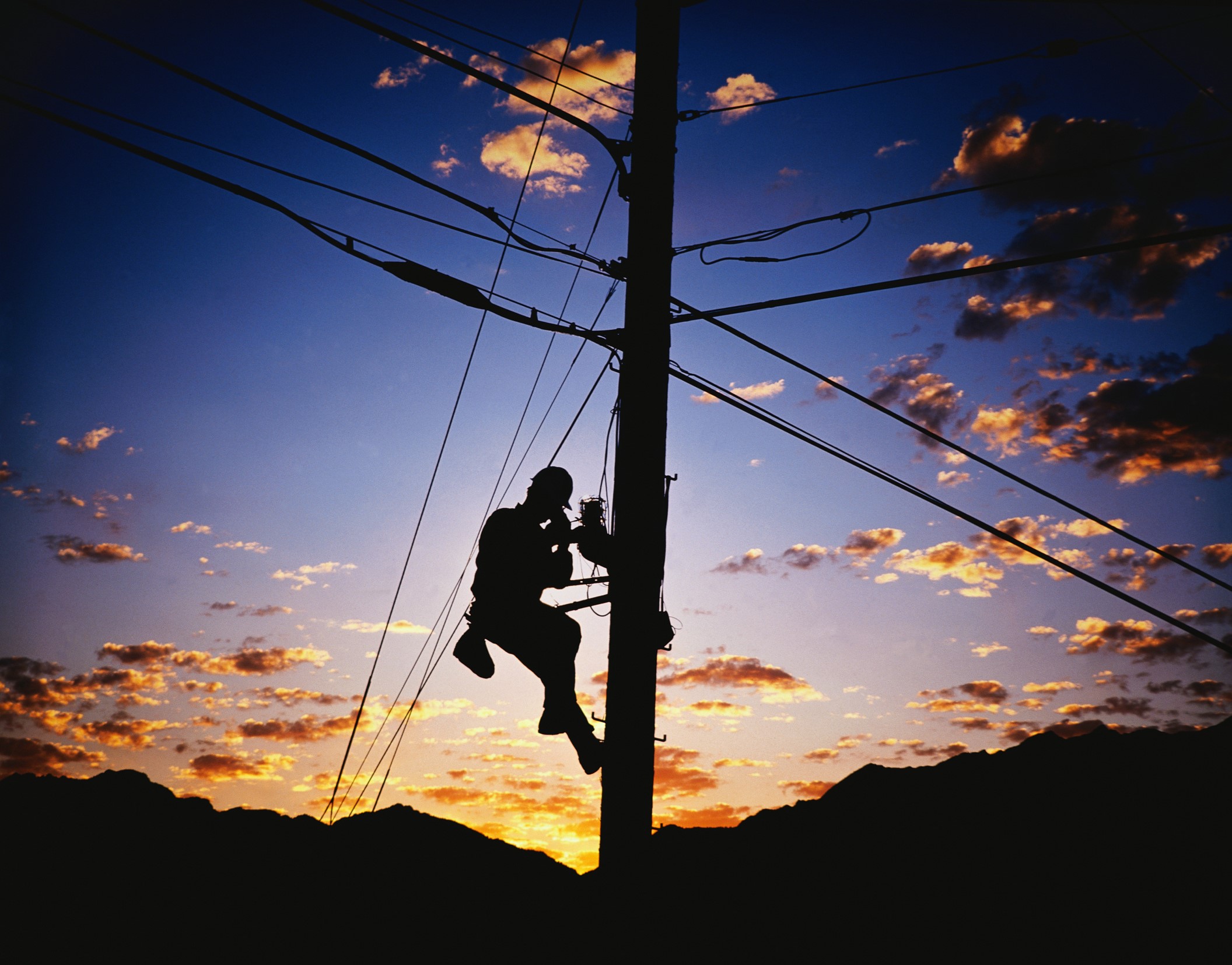 Recently, I challenged myself to reach beyond my comfort zone. For the past 20 years, I’ve been immersed in cabling infrastructure technologies. With wireless infrastructure playing a leading role in all aspects of network connectivity, I thought it was a worthwhile endeavor to understand it a little better.
Recently, I challenged myself to reach beyond my comfort zone. For the past 20 years, I’ve been immersed in cabling infrastructure technologies. With wireless infrastructure playing a leading role in all aspects of network connectivity, I thought it was a worthwhile endeavor to understand it a little better. The first challenge was to understand the lingo. So, I created a list of terms gleaned from colleagues and customers. Just a few of the terms are listed below:
- Transmission theory, radio waves, units of measurement, amplitude, wavelength, frequency, velocity, impedance, attenuation, phase, voltage standing waver ratio (VSWR), gain, amplitude modulation, quadrature amplitude modulation (QAM)
- Signal-to-noise ratio, radio equipment, spectrum and bands, cellular multiple access schemes, cell types, 1G, 2G, 3G, 4G, 5G and Wi-Fi networks
- Path loss, propagation, building material density, link budgets, downlink, uplink parameters, intermodulation distortion, carrier-to-interference ratio, free space path loss, connector and cable loss, receiver sensitivity, dynamic range
- Cell site development, antennas, splitters, couplers, coaxial cable, connectors, amplifiers, filters, mixers, oscillators, circulators, diplexers, duplexers
- Antenna types, dipoles, antenna patterns, polarity, linear array, antenna gain, aperture and beamwidth, electrical and mechanical downtilt, Antenna Interface Standards Group (AISG), adaptive arrays, multiple-input and multiple-output (MIMO)
- Fiber-to-the-antenna (FTTA), remote radio heads (RRH), multiband antennas, combiners, amplification, tower mounted amplifiers, receiver desensitization, horizontal and vertical separation, bandpass cavity
- RF test and measurement, passive intermodulation (PIM) and VSWR fundamentals, line sweeping, insertion loss, return loss, PIM causes and measurements
The next challenge was to learn about these topics and how they relate to wireless infrastructure. So I started searching for relevant online information.
As the content piled up, it struck me that this would be an ideal opportunity for a new course. That’s how the Infrastructure Academy’s SP6500 RF Wireless Infrastructure Fundamentals was born. This course aims to help students understand the basics of RF wireless systems and their associated infrastructure.
It takes students through wireless design, cabling, antennas, modulation schemes, spectrum, data rates, radio channels and microwave backhaul. Other topics included are antenna design, fiber optics, fault finding, PIM and VSWR. While the course covers much, it does not claim to cover all, so please help its evolution by suggesting subjects to add to the list.
What other terms do you associate with RF wireless infrastructure?






